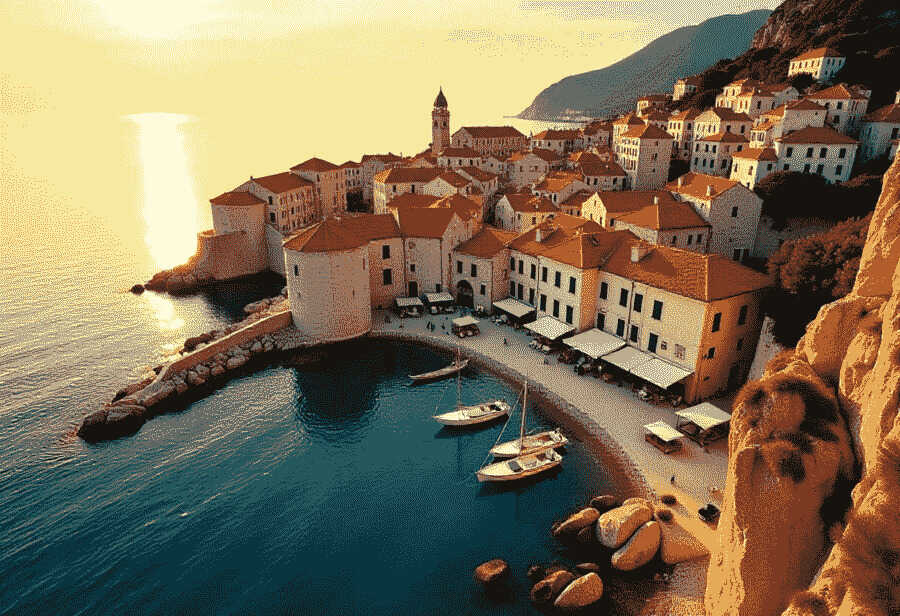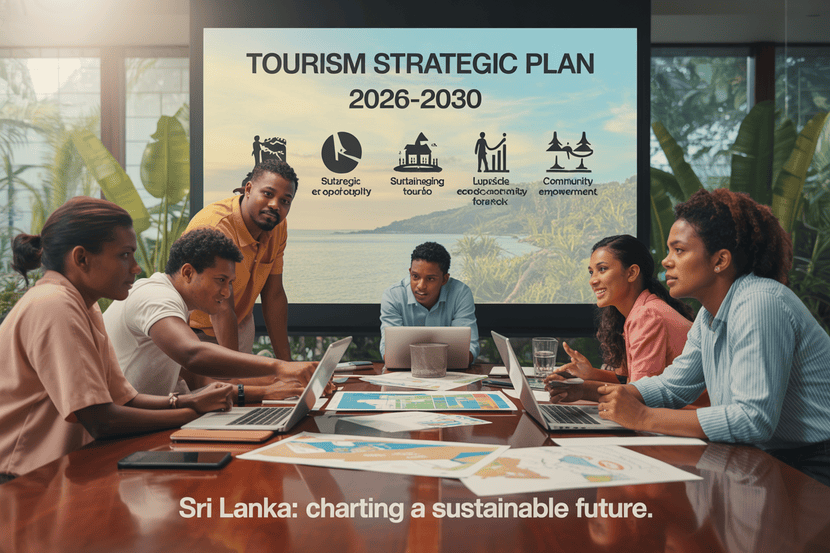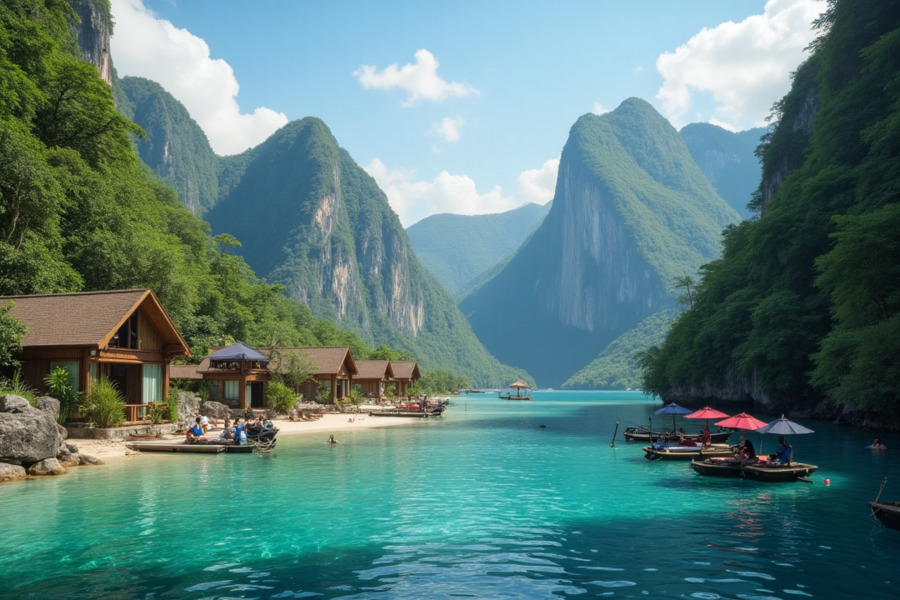≡-Croatia’s Expanding Air Connectivity And Post-Pandemic Travel Reforms Spark Record Visitor Arrivals In 2025 While Authorities Tackle The Pressures Of Overtourism In Popular Regions – Viral of Today
<> Viral of Today <>
Home » TOURISM NEWS » Croatia’s Expanding Air Connectivity And Post-Pandemic Travel Reforms Spark Record Visitor Arrivals In 2025 While Authorities Tackle The Pressures Of Overtourism In Popular Regions Monday, June 2, 2025Croatia’s expanding air connectivity and post-pandemic travel reforms have directly fueled a surge in international arrivals in early 2025, drawing record numbers of visitors to its Adriatic coast, historic cities, and natural landscapes. This remarkable growth stems from strategic efforts to simplify entry rules, increase flight access, and promote off-season travel, making Croatia more accessible and appealing than ever. At the same time, the sharp rise in tourism has intensified pressure on high-density regions like Istria, prompting authorities to implement sustainable tourism policies aimed at dispersing crowds, regulating rentals, and preserving local quality of life—striking a careful balance between growth and protection.Croatia is setting the pace for Europe’s tourism revival in 2025, with the country experiencing an exceptional rise in visitor numbers. In the first few months of the year, Croatia has welcomed a surge of international travelers, reflecting a broader trend across the continent. This dramatic growth is not just a recovery from past setbacks—it marks a new era of travel demand driven by flexible tourism policies, enhanced connectivity, and rising interest in authentic cultural experiences.Croatia Emerges as a Top Destination in Europe’s Tourism BoomAs Europe surpassed 125 million international arrivals during the first quarter of 2025, Croatia played a significant role in pushing that figure beyond pre-pandemic levels. The country’s appeal lies in its rich cultural heritage, crystal-clear Adriatic waters, and charming old towns that continue to captivate visitors from all corners of the world. Whether they arrive for beachside relaxation, historical exploration, or gastronomic adventures, tourists are returning to Croatia in unprecedented numbers.Airlines have responded to this demand by launching new routes and increasing flight frequencies, especially from major European cities. With more direct links to Zagreb, Split, Dubrovnik, and Rijeka, the journey to Croatia has become easier, faster, and more affordable. Low-cost carriers and national airlines alike have contributed to this expansion, enabling Croatia to capture both short-term leisure travelers and long-stay digital nomads.The country’s proactive tourism policies have also played a vital role. Officials streamlined visa processes, improved travel infrastructure, and invested in promoting off-season tourism. These moves not only support high volumes of tourists but also help spread visitation more evenly throughout the year.Istria and the Challenge of OvertourismWhile Croatia celebrates its rising status, some regions face mounting pressure. The Istrian peninsula, one of the country’s most popular tourist zones, reported approximately 133 overnight stays per resident in 2023. This high density of visitors has placed stress on local infrastructure, led to rising housing costs, and raised concerns about the long-term livability of host communities.To tackle these issues, Croatian authorities are shifting focus from volume-based tourism to sustainable strategies. They are encouraging travel to lesser-known inland regions and smaller islands to reduce pressure on coastal hotspots. Marketing campaigns now highlight off-peak months, promoting spring and fall as ideal seasons for cultural tourism and outdoor exploration.Europe’s Wider Travel Surge Reinforces the TrendCroatia is far from alone in this resurgence. Across the continent, countries such as Spain, Sweden, Switzerland, Cyprus, Czech Republic, and Denmark are all experiencing explosive growth in early 2025. Each destination has tailored its strategy to new traveler expectations—some focusing on wellness tourism, others on heritage, nature, or culinary offerings.This isn’t just a rebound from suppressed demand. It signals a transformation in travel behavior. Tourists are staying longer, booking earlier, and spending more per trip. Flexible work arrangements and the rise of remote lifestyles have created a new class of traveler who blends leisure with productivity. These travelers seek slower, deeper experiences—and countries like Croatia are proving well-equipped to deliver.Loosened border controls across much of Europe have further supported this uptick. In addition, budget carriers are expanding aggressively, making weekend getaways and last-minute holidays more accessible than ever. All of this has combined to drive tourism growth across the region, with Croatia standing out as one of the key winners.Measures to Foster Sustainable and Responsible TravelWith opportunity comes responsibility. As Croatia and its neighbors see higher volumes of travelers, they are also taking steps to manage growth wisely. Sustainability has become more than a buzzword; it is now central to tourism planning.Croatia is rolling out initiatives to regulate short-term vacation rentals, ensuring local residents are not priced out of their own neighborhoods. New zoning policies and licensing systems aim to keep housing markets balanced, while preserving the local charm that draws visitors in the first place.At the same time, tourism boards are promoting certified eco-friendly accommodations and encouraging green modes of transport. Cycling routes, walking tours, and electric ferry services are being expanded to minimize environmental impact. In national parks and protected areas, capacity limits and reservation systems have been introduced to prevent overuse.Local governments are also working to educate visitors about respecting community norms and environmental standards. From signage in historic centers to digital guides and visitor briefings, efforts are underway to align traveler behavior with local expectations.A Blueprint for Tourism in the Post-Pandemic EraCroatia’s performance in early 2025 reflects more than strong numbers. It offers a glimpse into how destinations can rebuild their tourism sectors with long-term goals in mind. Rather than returning to business as usual, Croatia has adopted a more thoughtful model—one that values resilience, quality of life, and ecological stewardship.The success story is not just about how many tourists arrive, but about how they travel, where they go, and how their presence affects the local environment. Croatia is striving to welcome the world without overwhelming its communities or compromising its natural beauty.Croatia’s surge in 2025 tourist arrivals is driven by expanded air connectivity and post-pandemic reforms that made travel easier and more appealing, while authorities now face the urgent task of managing overtourism in crowded regions through sustainable policy measures.As Europe continues to experience a tourism revival, Croatia stands as a powerful example of what’s possible when growth is guided by vision. With smart policies, strong partnerships, and a clear commitment to sustainability, the country is not only leading Europe’s recovery but also redefining the future of travel.
This information will surprise you!
See also
- Read until the end to discover everything.
- Important information you need to know.
- Interesting facts and helpful tips.
Conclusion
Did you enjoy the news? Keep following us daily!













